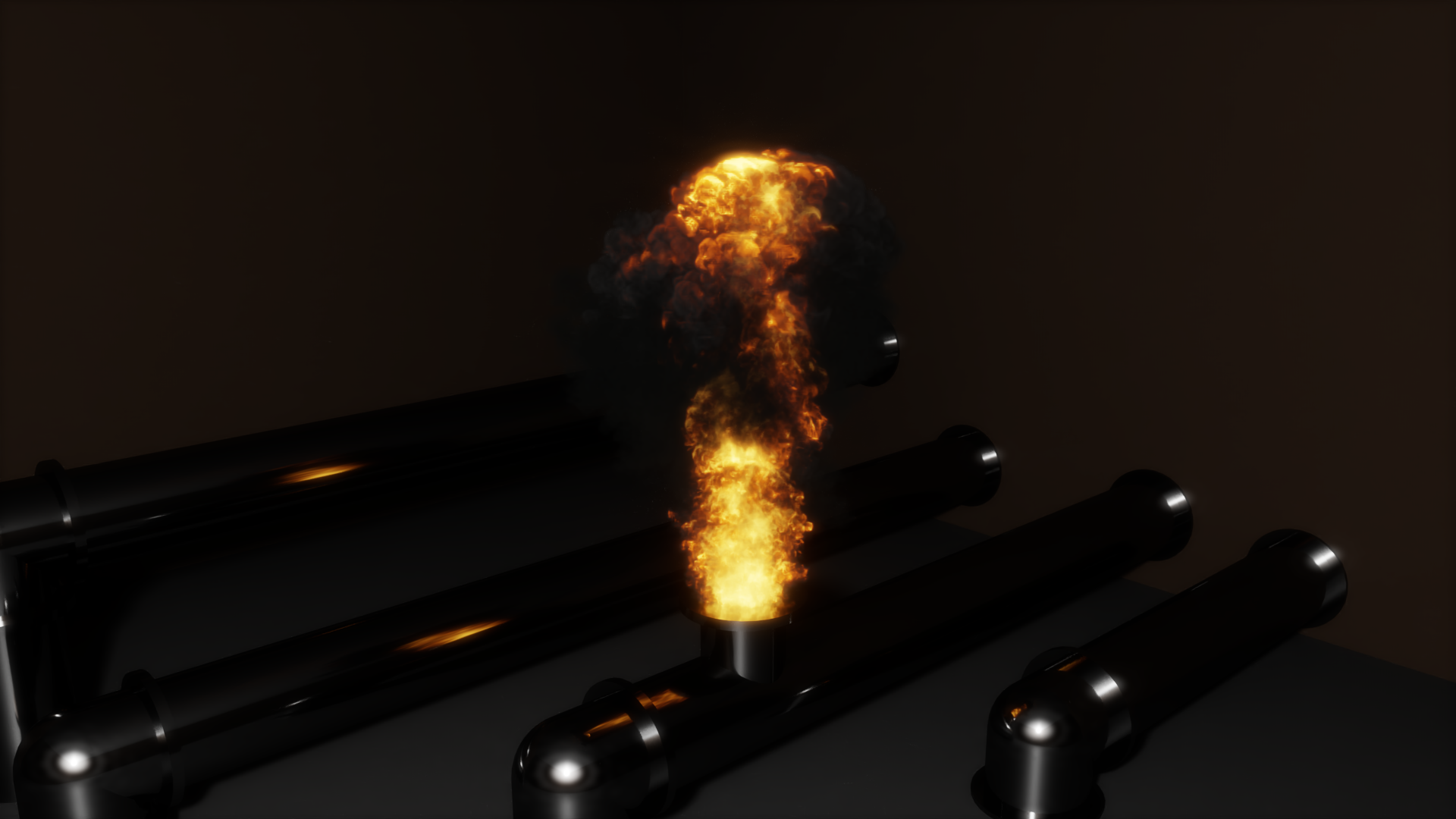Fluid Dynamics#
Omniverse™ Flow is an Eulerian fluid simulation for smoke and fire, leveraging a sparse voxel grid for unbounded simulation domain.

Omniverse™ Flow is an Eulerian fluid simulation for smoke and fire, leveraging a sparse voxel grid for unbounded simulation domain.
